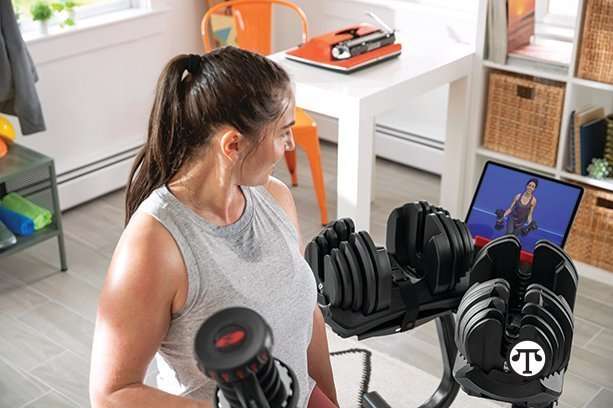FOR YOUR HEALTH: Don’t Let Flu Season Sneak Up On You
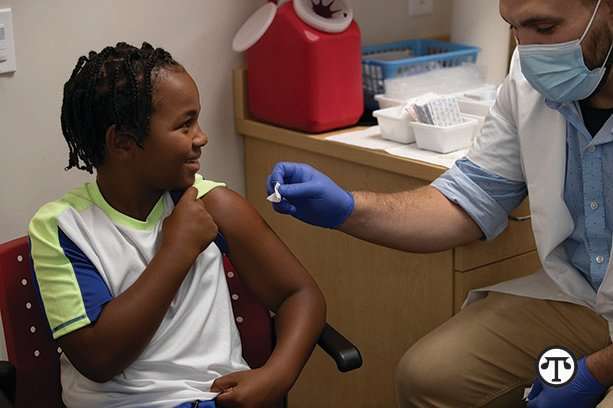 Flu shots are available at CVS Pharmacy and MinuteClinic locations nationwide
Flu shots are available at CVS Pharmacy and MinuteClinic locations nationwide
(NAPSI)—Get the facts, not the flu. For many people, the start of fall means busier schedules and longer to-do lists, but you shouldn’t let your annual flu shot fall to the bottom of that list.
What You Can Do About The Flu
With flu season approaching and COVID-19 cases still prevalent, Sandra Leal, PharmD, MPH, FAPhA, offers the following tips to help you fight the flu this season:
•Get your annual flu shot as soon as possible: Getting your flu vaccine is the best way to help prevent the flu. The Centers for Disease Control and Prevention (CDC) recommends getting your vaccine as early in the fall as possible, ideally before the flu season begins. Not only can you help protect yourself from getting sick but you can help protect your family, friends and at-risk populations such as those who are 65 and older, people with certain immunocompromising or chronic medical conditions, infants or children under 5 and pregnant women. CVS Pharmacy and MinuteClinic locations nationwide administer the flu shot every day, with evening and weekend hours. New this year, you can schedule flu vaccination appointments for up to four family members at the same time for added convenience by visiting CVS.com, through the CVS app or by texting FLU to 287898.
•Stay home if you’re sick: It’s important to know what the early symptoms of the flu are, such as fever, cough and body aches. If you experience them, you should stay home and away from others and, if you are sick, you should limit your contact with others as much as possible to stop the spread.
•Practice good health habits: Beyond staying up to date with your vaccinations, you should wash your hands frequently, get plenty of sleep, be physically active, manage your stress, drink plenty of fluids and eat nutritious food. These are all healthy habits that can help support your immune system during flu season.
•For seniors, take advantage of your vaccine options: For those over age 65, CVS Pharmacy and MinuteClinic offer three senior dose flu vaccines—Fluzone HD, Flublok, and Fluad. They may help create a stronger immune response and are preferred for seniors because they are at greater risk of developing severe flu-related illnesses. For protection against COVID-19, the CDC has also confirmed that patients can get any of the currently authorized COVID-19 vaccines at the same time as the flu vaccine, so don’t hesitate to get your flu shot and COVID-19 booster simultaneously during your next visit.
Learn More
Certain immunizations have age and location restrictions. For additional information on vaccines, visit www.CVS.com and www.MinuteClinic.com.



 by Laura Corbin, Bureau Chief, Bureau of Tobacco Free Florida
by Laura Corbin, Bureau Chief, Bureau of Tobacco Free Florida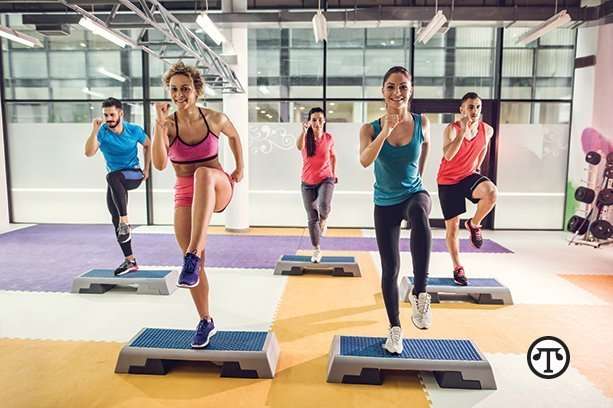
 (NAPSI)—Every step of the way, women, especially mothers, have a lot to juggle. While trying to conceive, being pregnant, raising children and going through menopause, their to-do lists are long. One important task which may not be the first to come to mind is maintaining good oral health.
(NAPSI)—Every step of the way, women, especially mothers, have a lot to juggle. While trying to conceive, being pregnant, raising children and going through menopause, their to-do lists are long. One important task which may not be the first to come to mind is maintaining good oral health.
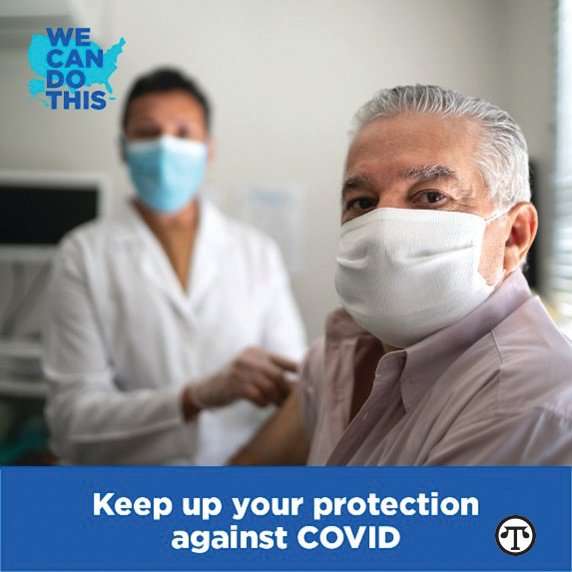
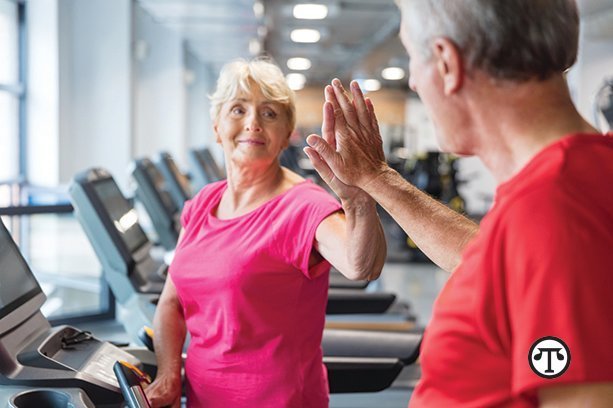
 Saving money, time and trouble on getting quality oral care with a dental savings plan can certainly be something to smile about.
Saving money, time and trouble on getting quality oral care with a dental savings plan can certainly be something to smile about.